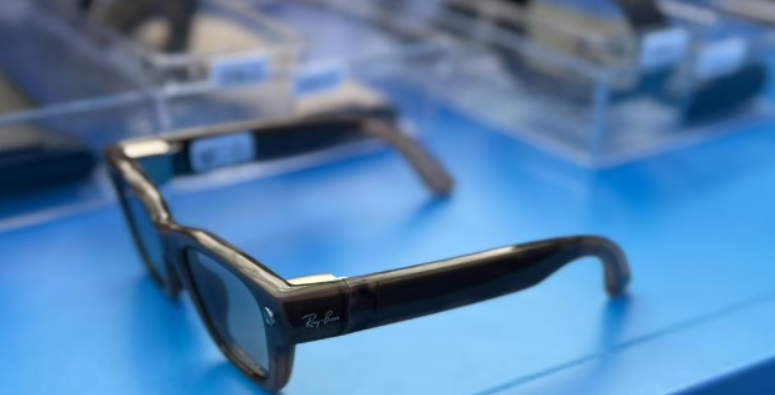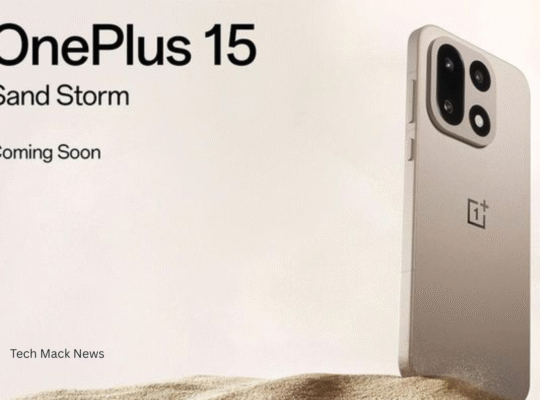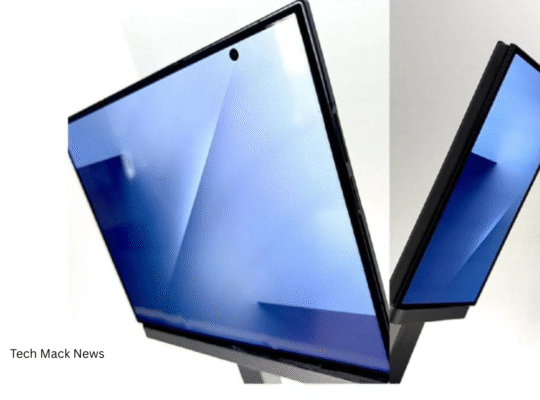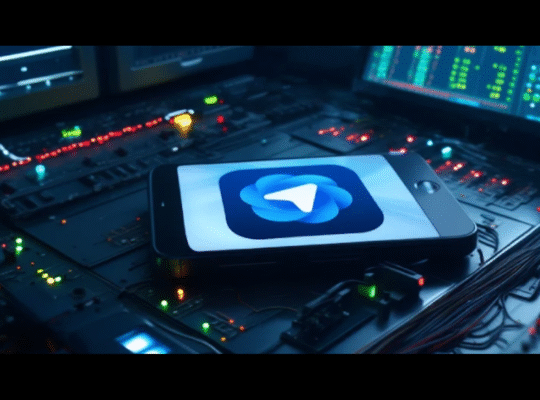At Meta Connect 2025 in Menlo Park, California, I had the chance to try what might be the company’s most advanced wearable yet — the Meta Ray-Ban Display smart glasses. Unlike previous iterations, these are not just prototypes or experimental devices. They are real consumer-ready smart glasses, arriving on the market on September 30th for $799 with full Ray-Ban branding.
Codenamed Hypernova inside Meta, these glasses are the first in the lineup to feature a built-in display, and after spending about 20 minutes wearing them, I walked away convinced: the days of the smartphone might truly be numbered.
Meta’s Ray-Ban Display smart glasses
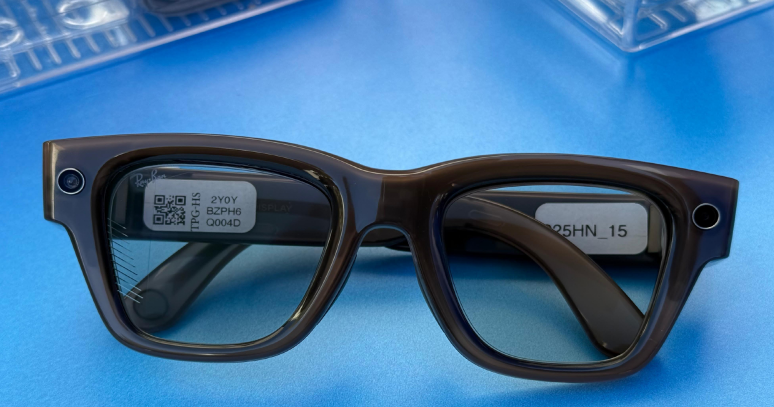
First Impressions: Familiar Yet Smarter
At just 69 grams, the Ray-Ban Display glasses feel like ordinary eyewear. They’re sleek, lightweight, and stylish — built directly on the design language of Ray-Ban’s existing AI glasses. Unlike the chunkier Project Orion prototype unveiled last year, these glasses blend into daily life without making you feel like you’re wearing a piece of tech that attracts unwanted stares.
The frames house two 12-megapixel front cameras, microphones, speakers, and — for the first time — a monocular display embedded in the right lens. A dual-lens setup would’ve been perfect, but even with a single display, it still delivers a sharp and surprisingly smooth experience.
The Display: Subtle but Game-Changing
The custom light engine delivers crisp, bright visuals at 42 pixels per degree of view — a density that sets it apart from other consumer wearables. The lenses are also photochromatic, automatically adjusting to changing light, whether you’re indoors or outdoors.
What can the display do?
- Show notifications, weather, and menus
- Provide turn-by-turn navigation
- Display live captions and translations
- Present Meta AI responses as both text and audio
The interface is intentionally simple — a six-app grid — and feels intuitive. Unlike Google Glass, which often strained the eyes, the Ray-Ban Display projects visuals comfortably at a natural distance.
Activating the display is as simple as a double-tap with your middle finger, after which you can use hand gestures (thumbs up, swipes, etc.) or the EMG-powered neural wristband for navigation.
The Neural Band: A New Input Standard
One of the standout features of my demo was the EMG (electromyography) band. Worn like a smartwatch, this band detects tiny electrical signals in your arm muscles and translates them into digital commands.
For example, rubbing my thumb against my index finger allowed me to scroll through tracks as naturally as flicking through a playlist. It’s subtle, precise, and doesn’t rely on the glasses’ cameras.
The band is comfortable, water-resistant (IPX7), and lasts 18 hours. While the glasses can be used without it, the experience is far richer with the band included — making it less of an accessory and more of a core input device for Meta’s wearable future.
Everyday Use: AI at the Centre
Meta has leaned heavily into AI integration, and it pays off here. These glasses go beyond voice commands:
- They can translate conversations in real time
- Identify objects in your environment
- Deliver context-aware answers that feel conversational rather than robotic
In practice, using the glasses feels more natural than anything I’ve experienced on a smartphone. Whether checking the weather, following navigation, or asking follow-up questions, interactions feel seamless and surprisingly human.
The glasses also work as Bluetooth headphones, providing clear sound quality with very little audio bleed. Combined with multiple microphones, they’re excellent for calls, podcasts, or voice commands.
Battery Life and Charging
Battery life is one area where questions remain. The glasses last about six hours per charge, and the included charging case adds an extra 30 hours (roughly four full recharges).
While this works for casual daily use, it doesn’t yet match the all-day reliability of a smartphone. Still, considering the form factor, the numbers are respectable — and likely to improve with future iterations.
Are They a Smartphone Replacement?
Here’s the big question: can Meta’s Ray-Ban Display glasses replace your smartphone?
Not yet. They can’t make phone calls independently. They rely on a companion app for syncing and still fall short of the all-in-one utility a phone provides.
But here’s what they do represent:
- A credible step toward mainstream AR glasses
- A device that feels natural enough for daily wear
- A proof point that AI-powered smart glasses may leapfrog headsets as the true smartphone successor
For now, they sit somewhere between the Ray-Ban AI glasses and Project Orion in capability. But given Meta’s integration with Instagram, WhatsApp, and Messenger — plus the potential for third-party apps — these glasses are closer than ever to becoming a genuine phone alternative.
Final Thoughts
The Meta Ray-Ban Display smart glasses are not perfect. The gestures take getting used to, battery life needs improvement, and they don’t fully replace your phone.
But after trying them, I believe this is the closest we’ve come to wearable technology that could eventually make smartphones obsolete. They’re comfortable, practical, stylish, and — most importantly — functional enough to see daily adoption.
At $799, the price tag will spark debate. But for early adopters and tech enthusiasts, these glasses are more than just another gadget. They offer a glimpse into the future of personal technology — a world where screens aren’t tucked away in our pockets, but sit right in front of our eyes.
Also Read: https://techmacknews.com/why-people-are-leaving-meta-platforms/


